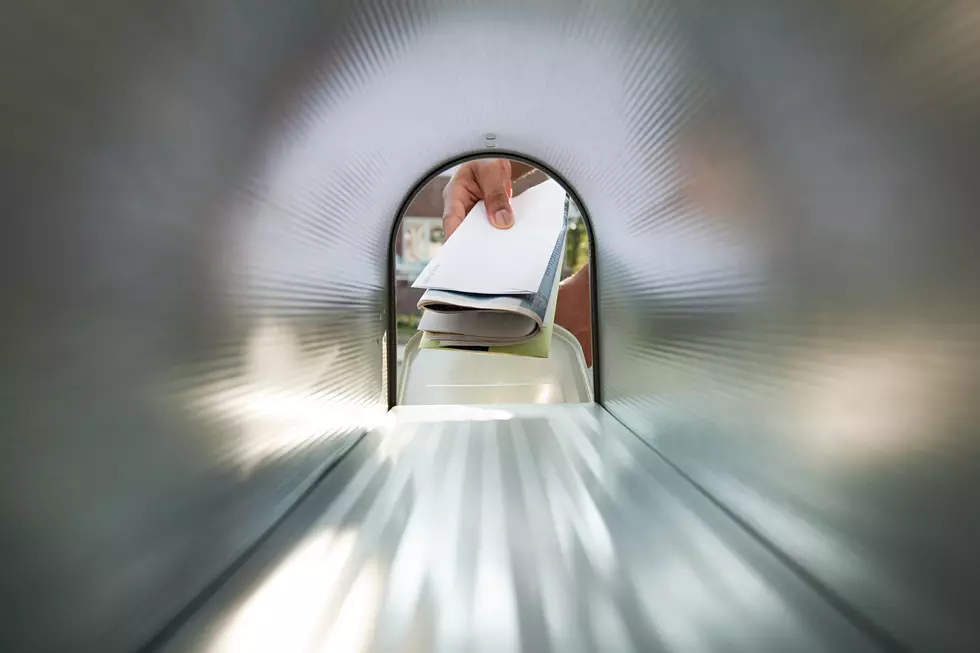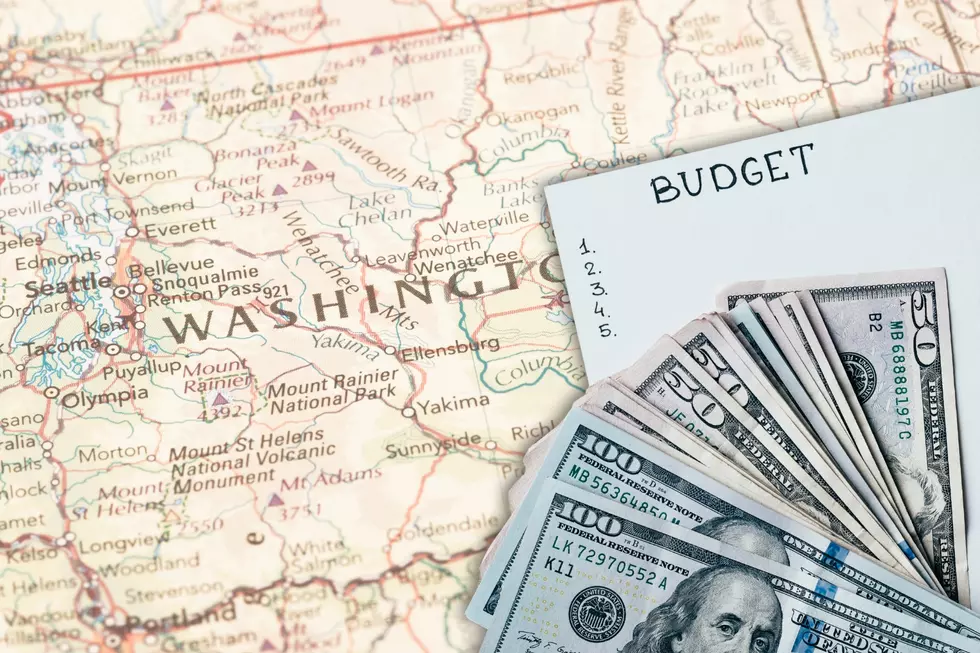
Exploring The Legacy Of Snoqualmie Pass: From Wagon Roads To I-90
Modern-day Snoqualmie Pass on I-90 is one of the busiest mountain passes in America. When did the first Wagons, cars, trains, and skiers summit Snoqualmie Pass?
Natives Hunted and Traversed the Cascades for Hundreds of Years
For hundreds of years, the route across the Cascade Mountains was used by Native tribes for hunting, fishing, and connecting with other native tribes in the lower Puget Sound region to trade.
Trappers and Fur Traders arrive
The earliest known crossing of the Cascades by non-native people, trappers, and traders of the Hudson's Bay Company, was in the early 1800s. Settlers making their way west towards the coast braved the mountains - following slow wagon roads brought settlers through the pass to Puget Sound.
More traffic and the shuttling of livestock
By the 1840s, the first U.S. Army horse columns, cattle drivers, and even more settlers prompted the need for a little ferry that once crossed Lake Kacheese to link up the wagon roads.
In the early to mid-1850s, US Army engineers explored the Snoqualmie Pass region - looking for a suitable route for railroad travel. Travel by train wouldn’t become a reality at Snoqualmie Pass for another 50-plus years.
By the late 1860s, cattle drivers began to use the Snoqualmie pass to walk up to 3,000 heads of cattle from the Yakima Valley to Puget Sound - a journey usually taking over 3 months.
“In December 1869, M. S. Booth drove 200 head of cattle across Snoqualmie Pass to Seattle. Even though three feet of snow covers the pass, Booth loses only four head of cattle. -Greg Lange/HIstorylink.org”
The first documented motor vehicle to cross Snoqualmie Pass
In June of 1905, Bert Harrison, Jr. and a passenger made their way from Indianapolis to Seattle - and across the wagon trails of Snoqualmie Pass. The 2nd vehicle crossed a month later when Ellensburg residents Charles Ray and John Kelleher navigated the bumpy mountain route and put their names in the history books in July 1905.
Railroad workers completed a Snoqualmie Pass railway on a deadline.
With the approaching 1909 Seattle World’s Fair (The Alaska-Yukon-Pacific Exposition) opening in June - the first train route through Snoqualmie Pass was completed by late March. The Chicago, Milwaukee & St. Paul Railway was the link between Chicago and Seattle across Snoqualmie Pass. Snoqualmie Pass’ first railway came 16 years after the Great Northern Railway completed their Stevens Pass route in 1893.
CC BY-NC-SA 2.0 DEED Attribution-NonCommercial-ShareAlike 2.0 Generic
Route 10 brings the skiers to Snoqualmie Pass
The Sunset Highway officially opened for vehicle travel on Snoqualmie Pass in 1915. The roadway crossing Snoqualmie Pass pass was given the name US Route 10 in 1927.
The road was plowed in the winter and kept open in 1931.
Winter travel across the pass brought the first alpine ski hill at the Snoqualmie summit in 1933.
US Route 10 was first paved a year later in 1934.
Interstate 90
Workers began construction to replace US Route 10 in 1969. Upon completion, I-90 made its way across Snoqualmie Pass, connecting Boston with Seattle.
The ongoing I-90 Snoqualmie Pass Hyak to Easton Project
When this construction project is complete in 2029, WSDOT promises a safer, more efficient six-lane freeway - designed to last 50 years.
"Wildlife habitat on either side of I-90 will be reconnected with the installation of new bridges and culverts, protecting both wildlife and the traveling public." -WSDOT
INFO: Greg Lange/HIstorylink.org, Jennifer Ott/HIstorylink.org, WSDOT
In Memoriam: 2023 Deaths
Gallery Credit: Allison Rapp
More From KW3







